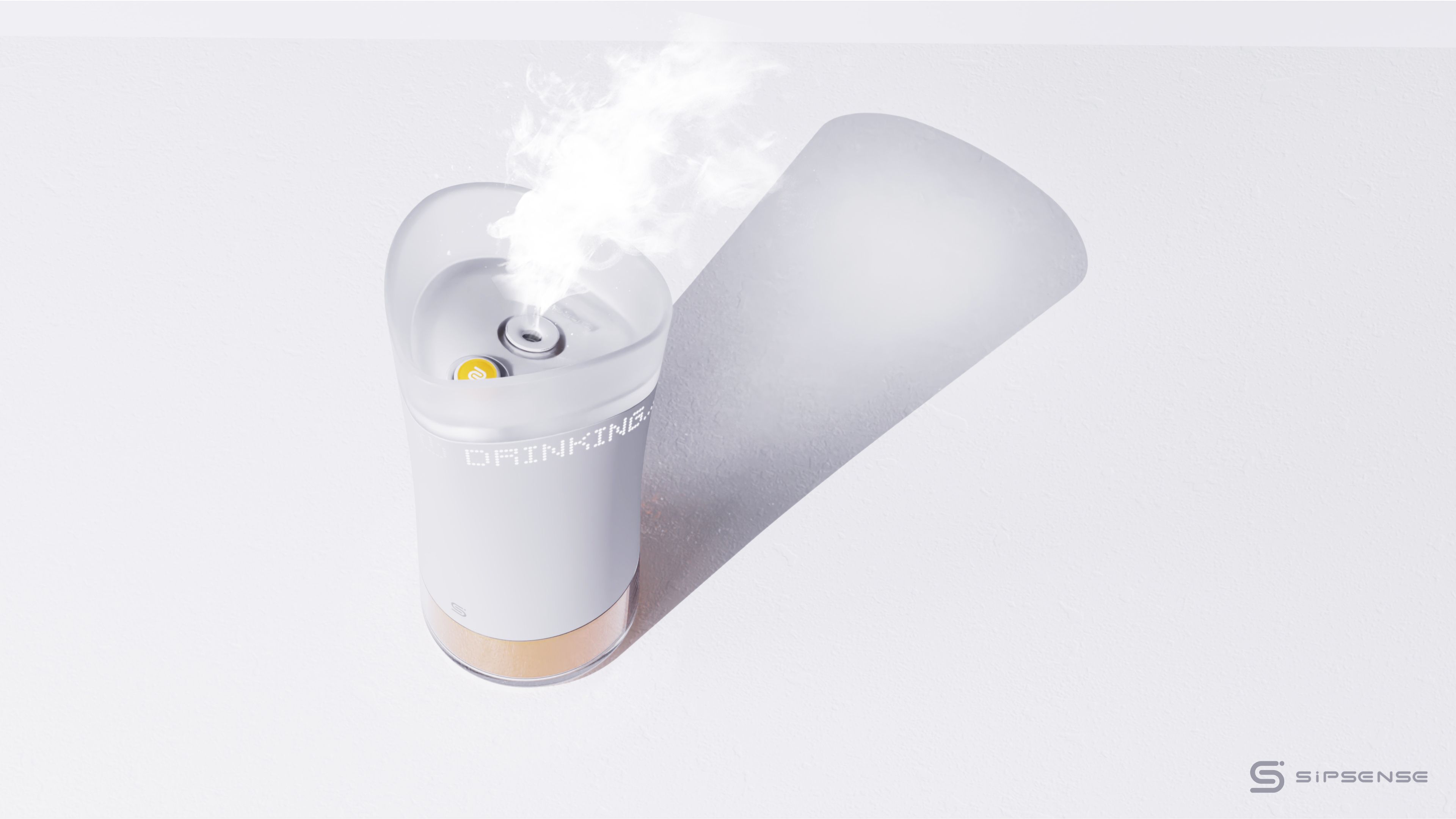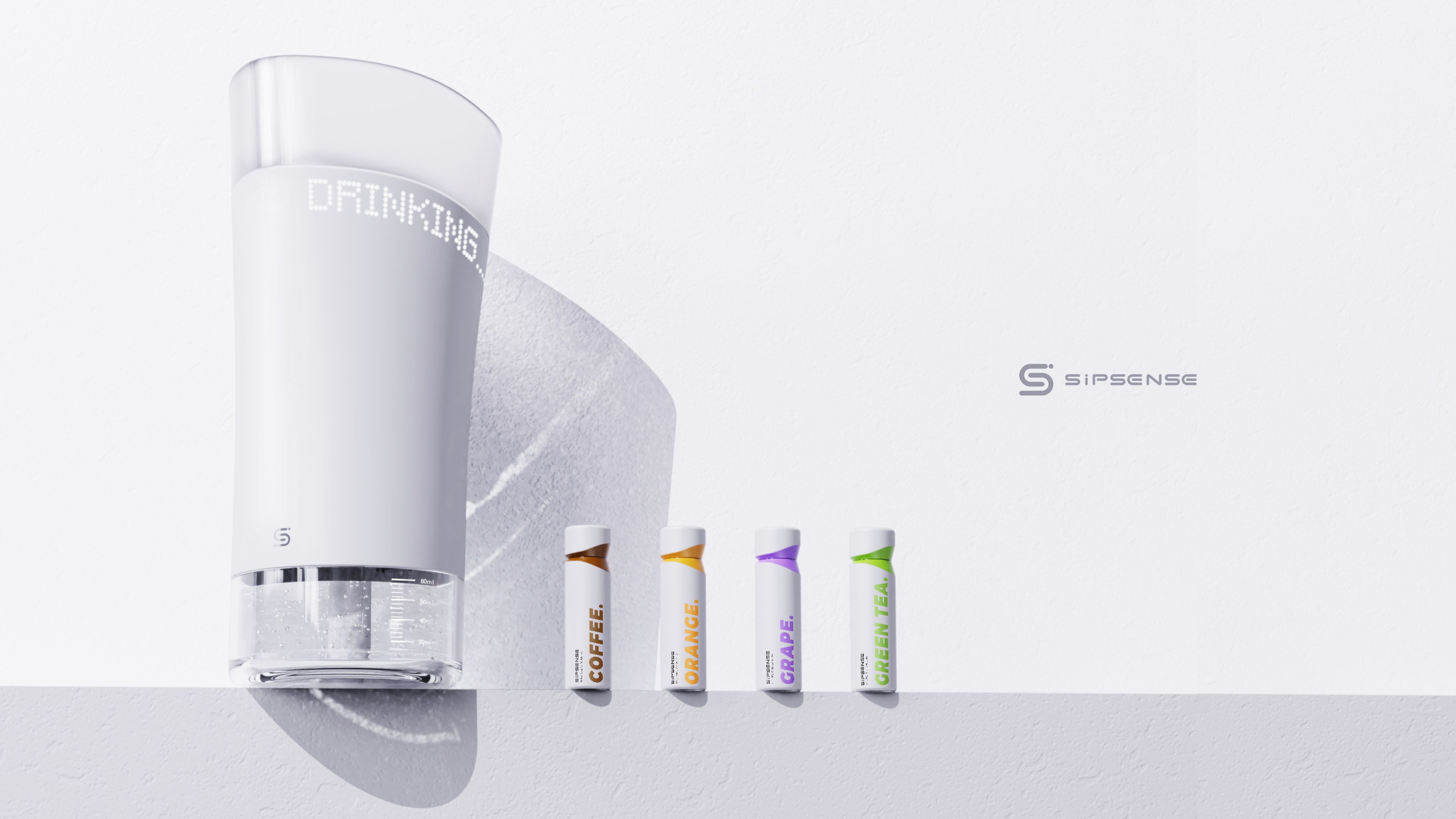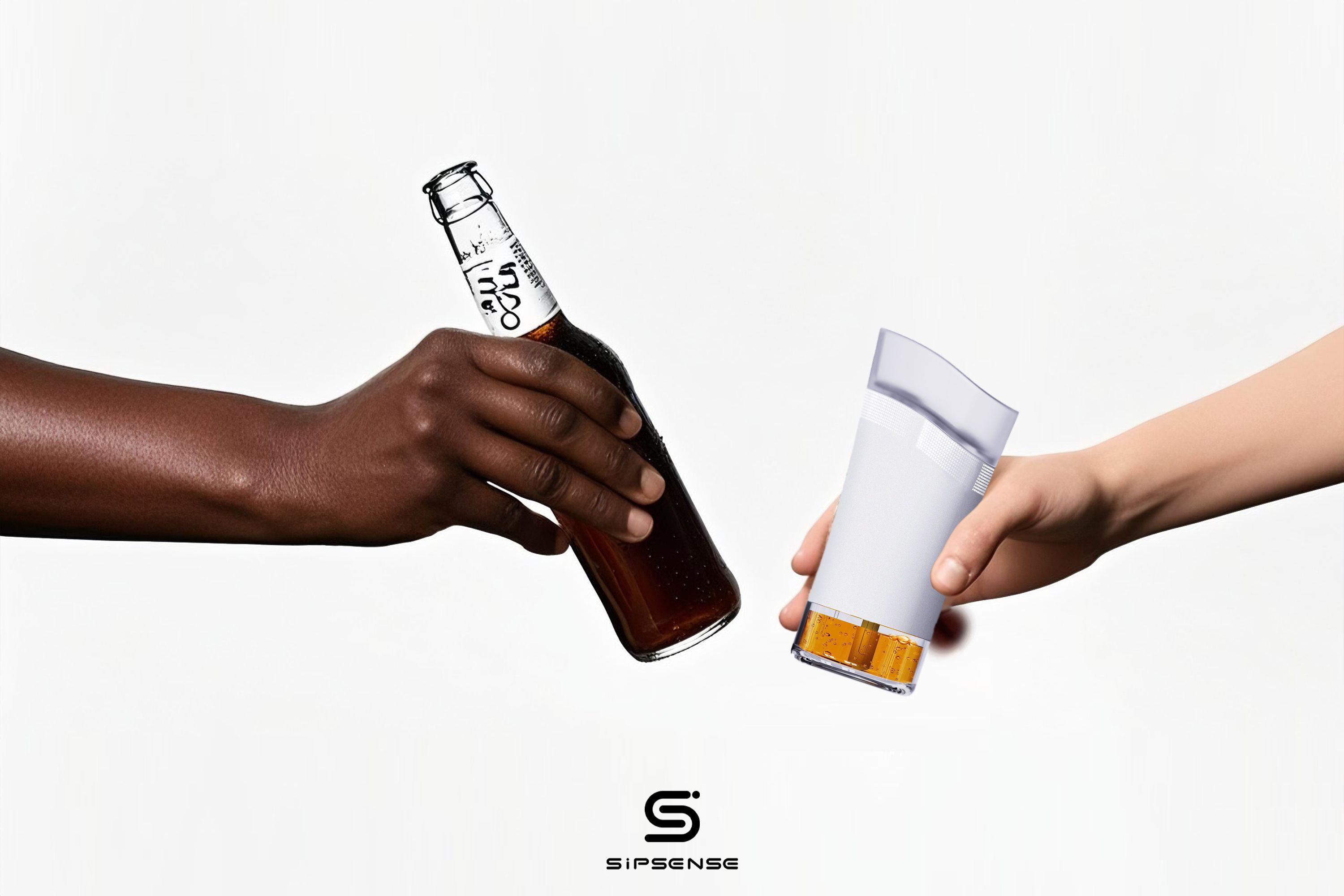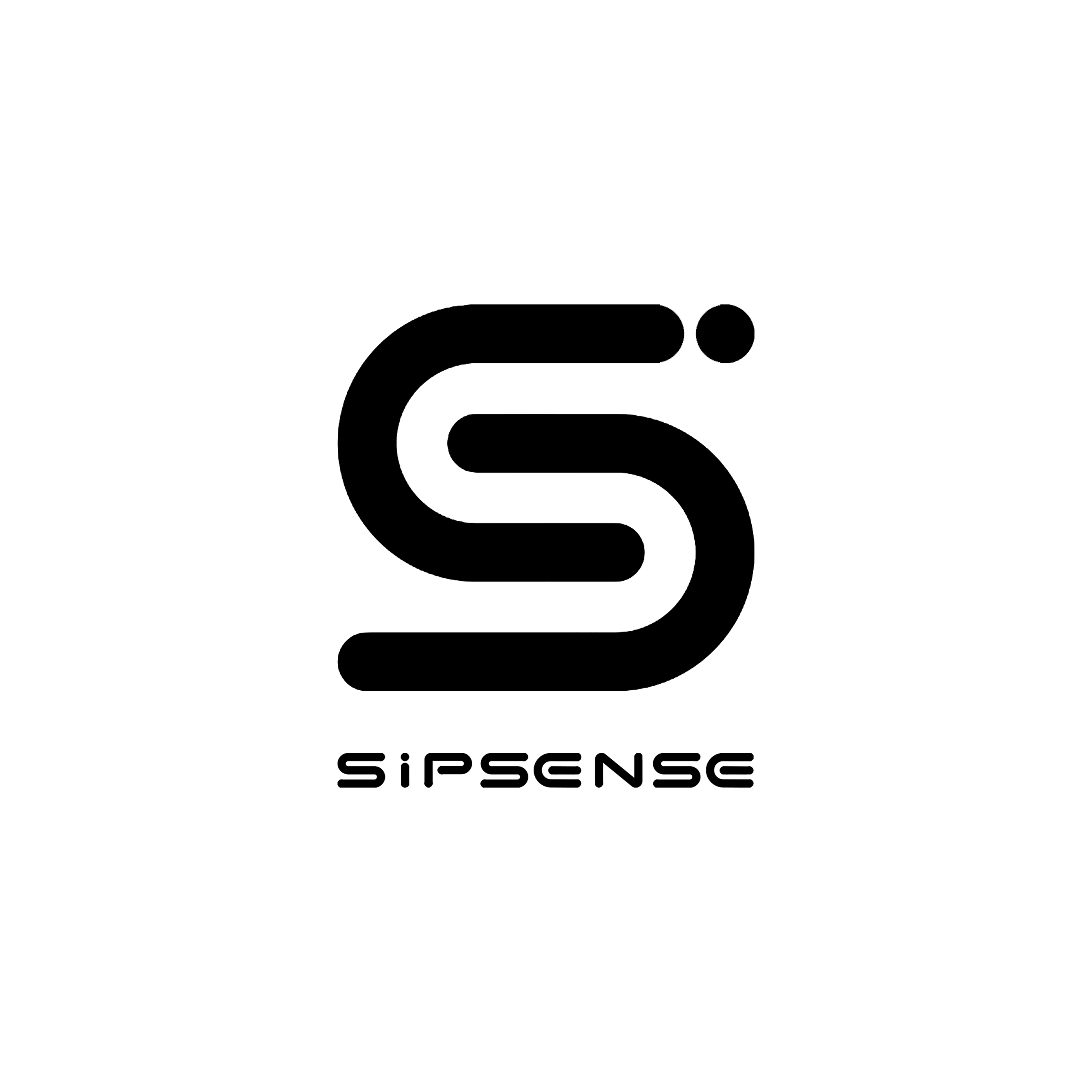
Designers
Chenlei Liu, Wanmei Zhu, Weiran Tao, Wei Wang, Gaojie Liu
Year
2025
Category
New Talent
Country
China
School
Politecnico di Milano / Ningbo University / Shenyang Aerospace University
Teacher
Kejun Li
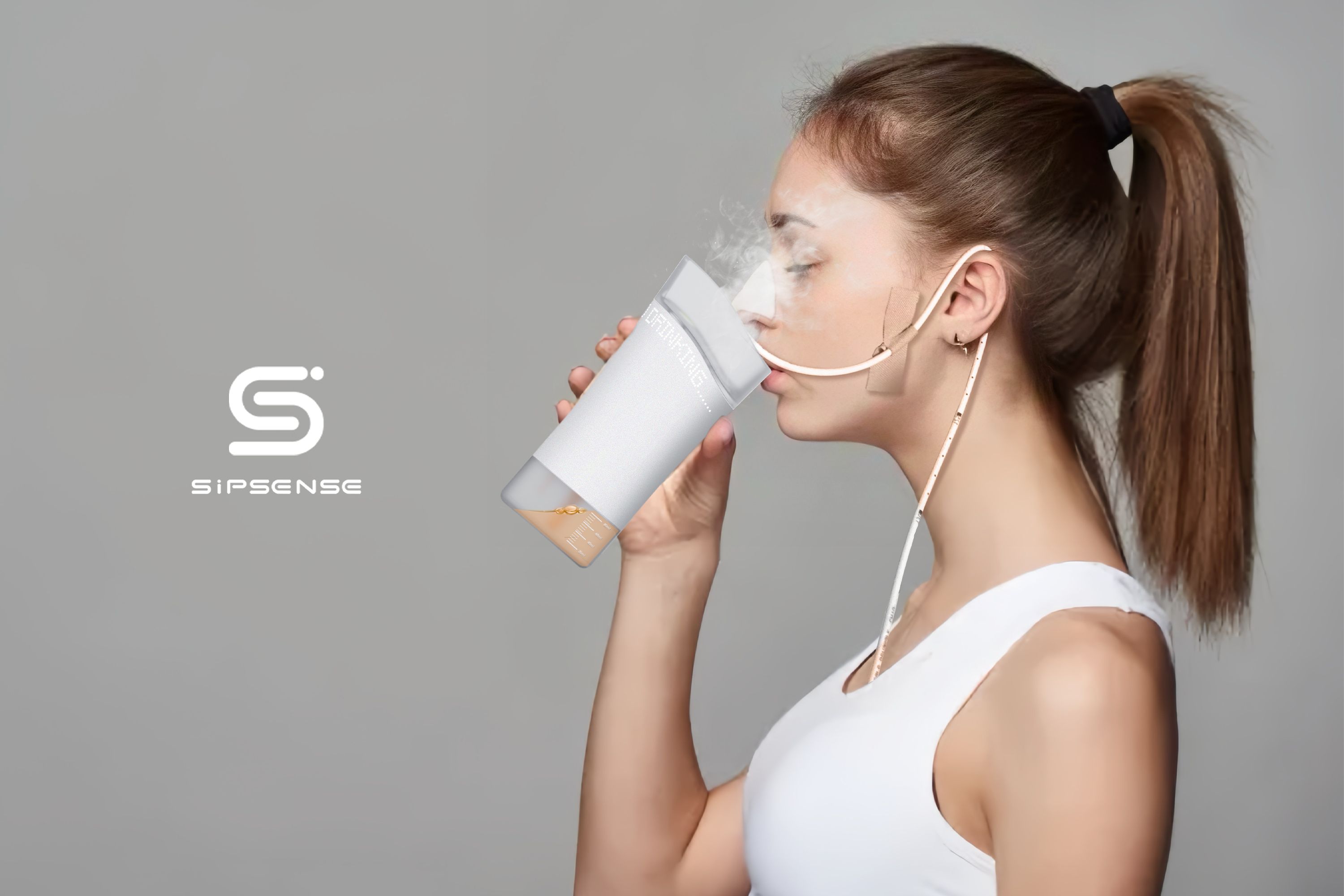
Three questions to the project team
What was the particular challenge of the project from a UX point of view?
From a UX perspective, the key challenge of the Sipsense project was designing for a medically constrained and socially overlooked user group — nasogastric tube-fed patients.
They often face physical discomfort, emotional isolation, and exclusion during meals.
Sipsense aims to restore their dignity and connection by turning the simple act of mimicking a sip into a multisensory, emotionally meaningful experience.
By preserving the symbolic cup and intuitive sipping gesture, we created a natural and accessible interaction.
Instead of replicating real eating, the design uses familiar aromas and soft light to evoke sensory memory and the ritual of sharing food — subtly transforming exclusion into inclusion and presence.
What was your personal highlight in the development process? Was there an aha!-moment, was there a low point?
A key highlight of this project was realizing that many nasogastric tube-fed patients feel excluded during meals, often avoiding social situations. Hearing their stories allowed us to truly empathize. We saw that the act of “mimicking a sip” could become a symbolic ritual — a way to restore emotional connection. It made us realize that interaction design can go beyond functionality to create meaning.
The biggest challenge came from the complexity of users' conditions — varied by age, health, and mental state — and the fact that most cannot eat by mouth. Designing for a non-eating experience felt abstract at first, but once we shifted the focus from “replacing eating” to “rebuilding connection,” everything became clear.
Where do you see yourself and the project in the next five years?
In five years, we hope that Sipsense will no longer be just a concept, but a real assistive product used in hospitals, care homes, and even in domestic settings — helping nasogastric tube-fed patients reconnect with the emotional and social dimensions of eating.
We hope to stay true to our original intention: focusing on inclusive interaction and service design, and continuing to create meaningful experiences for overlooked user groups through empathy, technology, and storytelling.
By collaborating across disciplines, we aim to push forward human-centered innovation.
Let’s make a difference — together!
